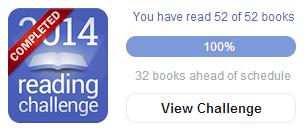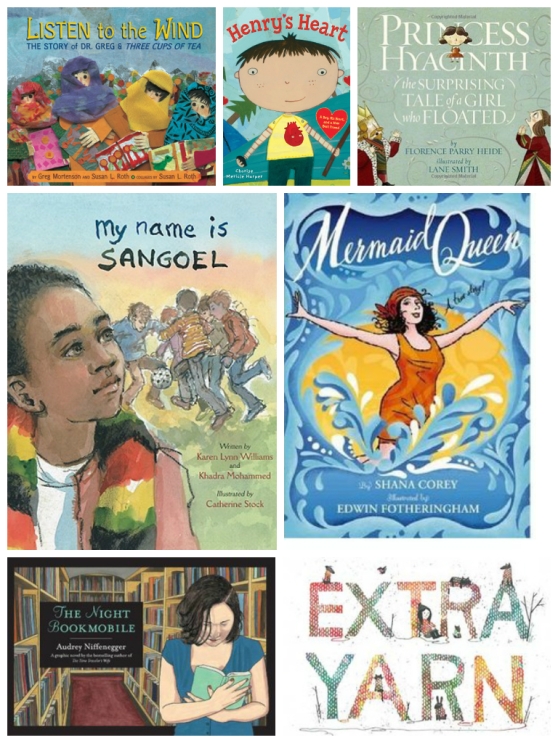I picked up Shelley Tanaka’s Mummies: The Newest, Coolest & Creepiest from Around the World because it was featured on a “spooky book” shelf and because it looked like a fun, quick read. I wasn’t expecting to get completely wrapped up (ha ha) in it, much less to be murmuring “Wow!” every time I turned a page.
Published in 2005, Mummies is a 48-page illustrated nonfiction book at an 8.2 grade level. It meets the reader right where we’d all start when opening such a book: “Mummies… Right away we think of the ancient Egyptians.” Tanaka immediately pivots, explaining the broader definition of mummies and sending us around the world from Egypt to Chile, where the earliest mummies were found.
This is a book about death and corpses, and it neither sensationalizes nor flinches away from this. In a straightforward manner that will appeal to any reader (but probably especially young guys) Tanaka explains how ancient Chinchorro people skinned and dismembered their dead before reconstructing the bodies with the aid of sticks, fur, feathers, and clay.
She explains how the Inca performed human sacrifice by immobilizing/killing and leaving their “most beautiful and healthy children” in mountaintop tombs, where they were frozen and preserved so perfectly that their blood — even their eyelashes! — are still in place centuries later.
Readers learn about peat bog mummies in Ireland, the Iceman of northern Italy, medieval mummies as far north as the Arctic Circle, 4,000-year-old mummies preserved by heat and sand in a Chinese desert, and of course the famous Egyptian mummies.
Tanaka also brings mummification into the contemporary world by telling about researchers who reproduced the Egyptian techniques on a man who left his remains to science, and about Buddhist monks who mummify themselves before dying! She also talks about famous political mummies Lenin, Mao, and Peron, and about the plastinated mummies currently touring the country with exhibitions like Body World and Bodies: The Exhibition.
Mummies is full of glossy, full-color pictures of mummies, coffins, artifacts, and corpses — including an actual-size photo of the shockingly well-preserved face of an eight-year-old girl, and a far number of skeletal remains. Somehow they didn’t strike me as especially disturbing or disgusting, although I’m sure the majority of adolescent readers will be delightedly grossed out. And if they’re anything like me, they’ll find themselves intrigued, wanting to learn more about non-Egyptian mummies, making surprising connections to history and cultural geography, and probably passing the book around to all of their buddies. I read several sections out loud to my husband and son* and can’t wait to feature this book more prominently in our library collection.
* My son (who at seventeen months old has relatively little prior knowledge of mummies) leaned forward and kissed the picture of an ancient bust of Tutankhamun seen above, then stole the book from me and spent several minutes intently flipping through the pages of desiccated ancient corpses. As recommendations go, that seems like a pretty solid one.









